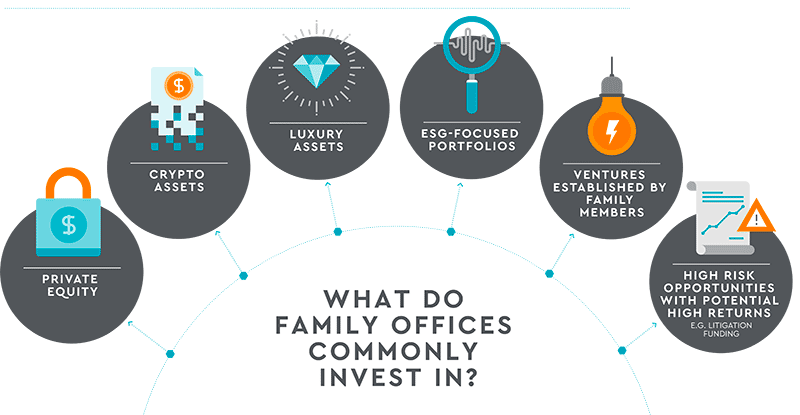As you enter your 40s, it’s crucial to strike a balance between risk and stability in your financial planning. This decade brings you closer to retirement, and it’s essential to reassess your risk tolerance, adjust your investment portfolio, and make strategic moves to safeguard your savings. By taking a proactive approach to managing debt, maximizing retirement contributions, and staying diligent with your savings, you can stay on track with your retirement goals. Let’s explore some smart financial moves to consider in your 40s.
Reevaluate Your Risk Tolerance and Adjust Your Investment Portfolio

In your 40s, it’s a good time to reevaluate your risk tolerance and assess whether your investment portfolio aligns with your changing financial goals. As retirement gets closer, you may want to consider gradually shifting a portion of your portfolio towards more conservative investments. Bonds or fixed-income securities are examples of such investments that provide stability and can help safeguard your savings.
However, it’s important to maintain a diversified portfolio that includes a mix of asset classes to manage risk effectively. While reducing exposure to riskier investments, don’t overlook the potential for long-term growth that stocks or equity-based mutual funds offer. Consult with a financial advisor to determine the optimal asset allocation based on your risk tolerance, time horizon, and retirement goals.
Maximize Catch-Up Contributions to Retirement Accounts
One advantage of being in your 40s is the opportunity to make catch-up contributions to retirement accounts. Catch-up contributions allow individuals aged 50 and above to contribute additional funds beyond the regular contribution limits. By maximizing these catch-up contributions, you can supercharge your retirement savings and make up for any previous shortfalls.
For example, the catch-up contribution limit for a 401(k) in 2023 is $6,500, in addition to the regular contribution limit of $19,500. By taking advantage of these higher contribution limits, you can significantly boost your retirement savings and bridge the gap towards your retirement goals.
Take a Proactive Approach to Managing Debt
Managing debt becomes increasingly important in your 40s as you approach retirement. Take a proactive approach to pay down high-interest debt and reduce financial stress. Evaluate your debt situation and consider consolidating high-interest debts into lower-interest options, such as a personal loan or a balance transfer credit card. This can help you save on interest payments and streamline your debt repayment process.
Additionally, prioritize paying off your mortgage if you still have a balance. Consider refinancing your mortgage to secure a lower interest rate, potentially reducing your monthly payments and saving on interest over the long term.
Continue Saving Diligently, Be Smart

In your 40s, it’s crucial to maintain a diligent savings habit to stay on track with your retirement goals. Evaluate your savings rate and adjust it if necessary to ensure you’re saving an adequate amount for your future. Automate your savings by setting up regular contributions to retirement accounts, emergency funds, and other savings vehicles. Treat saving as a non-negotiable expense, just like your monthly bills, and avoid dipping into your savings for non-essential expenses.
Real-Life Examples
To illustrate the importance of smart financial moves in your 40s, let’s consider a couple of real-life examples:
Example 1: Sarah’s Investment Portfolio Adjustment: Sarah, age 42, reassesses her investment portfolio and adjusts her asset allocation. Recognizing the need for stability as she approaches retirement, she gradually reduces her exposure to stocks and increases her allocation to bonds and fixed-income securities. This balanced approach helps protect her savings while still allowing for potential growth.
Example 2: John’s Proactive Debt Management: John, age 47, takes a proactive approach to managing his debt. He consolidates his high-interest credit card debt into a personal loan with a lower interest rate, reducing his monthly payments and saving on interest. He also prioritizes paying off his mortgage ahead of schedule, refinancing to secure a better rate and shorten the loan term. By managing his debt effectively, John sets himself up for a more secure financial future.
These examples highlight the importance of smart financial moves in your 40s to ensure financial stability and stay on track for a comfortable retirement.
Conclusion
In your 40s, it’s crucial to strike a balance between risk and stability in your financial planning. Reevaluate your risk tolerance, adjust your investment portfolio, and gradually shift towards more conservative investments. Maximize catch-up contributions to retirement accounts, take a proactive approach to managing debt, and continue saving diligently. By making these smart financial moves, you can safeguard your savings, stay on track with your retirement goals, and set yourself up for a more secure financial future. Take control of your finances in your 40s and reap the rewards of your strategic financial decisions.






